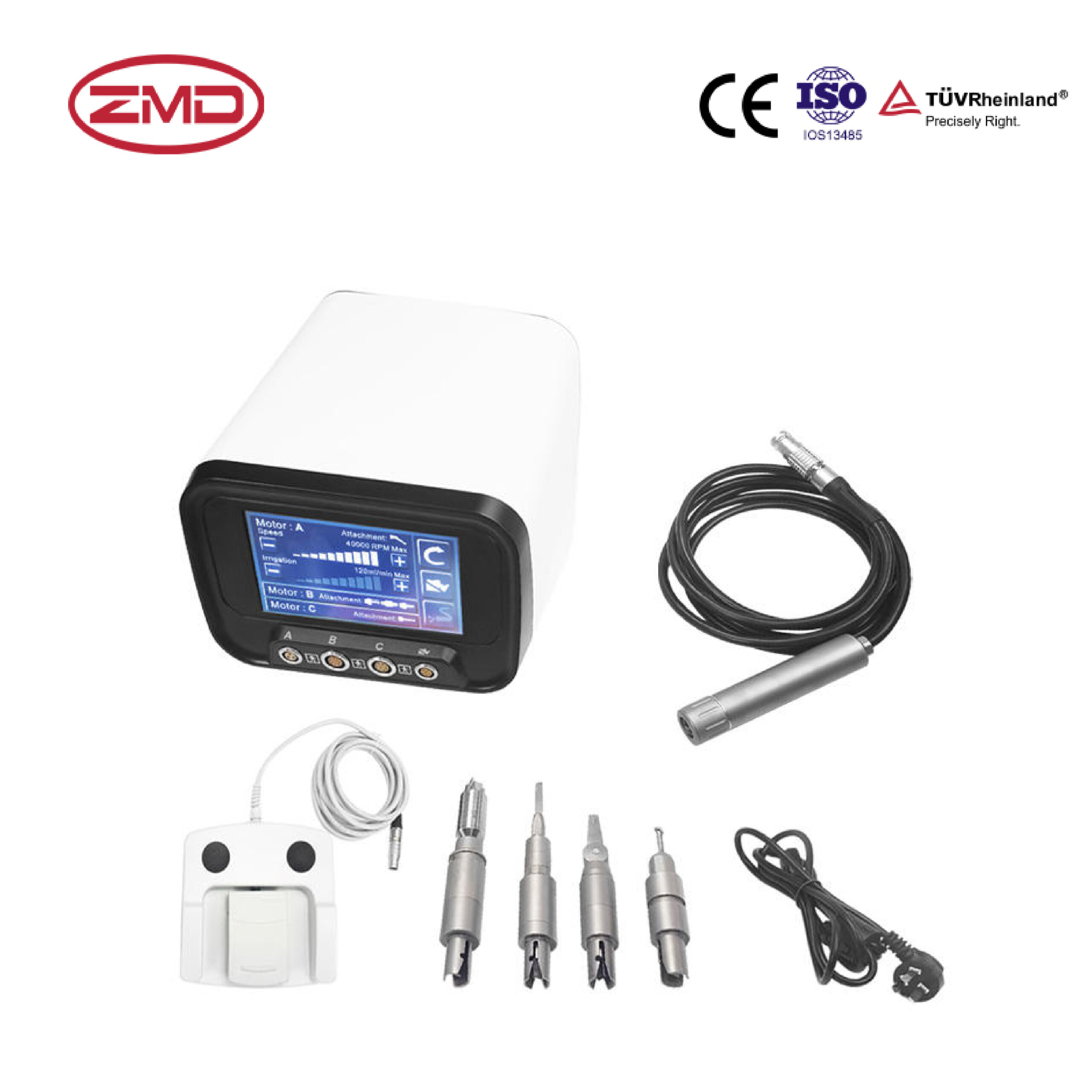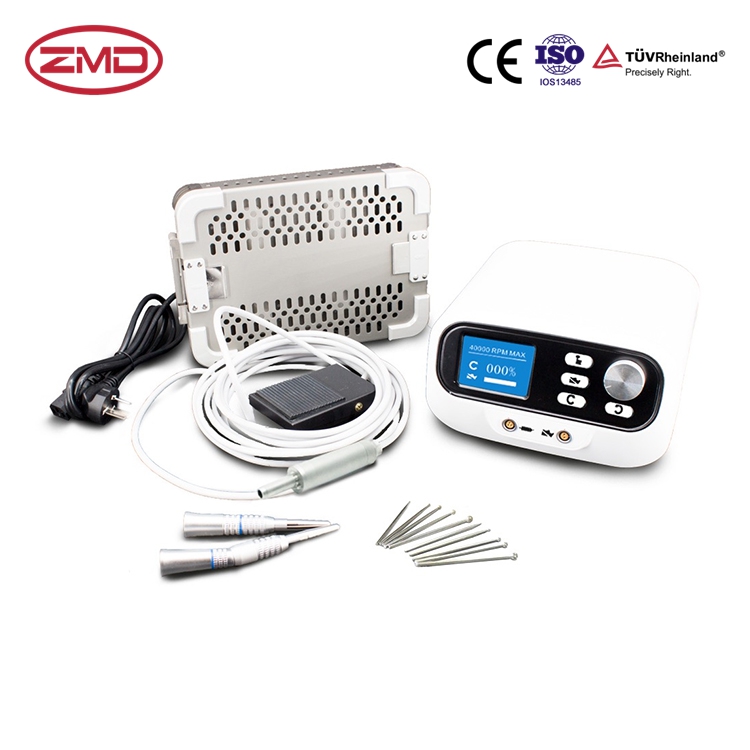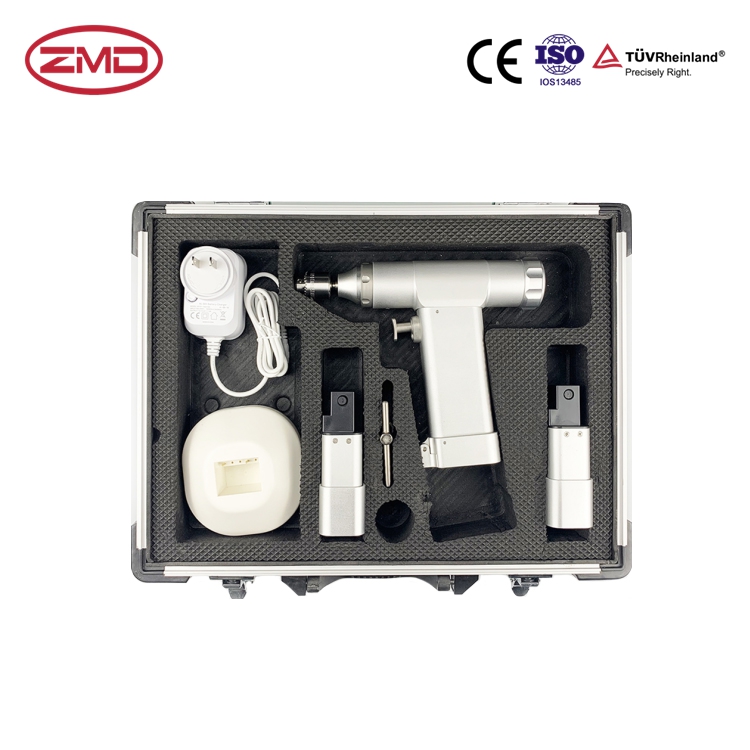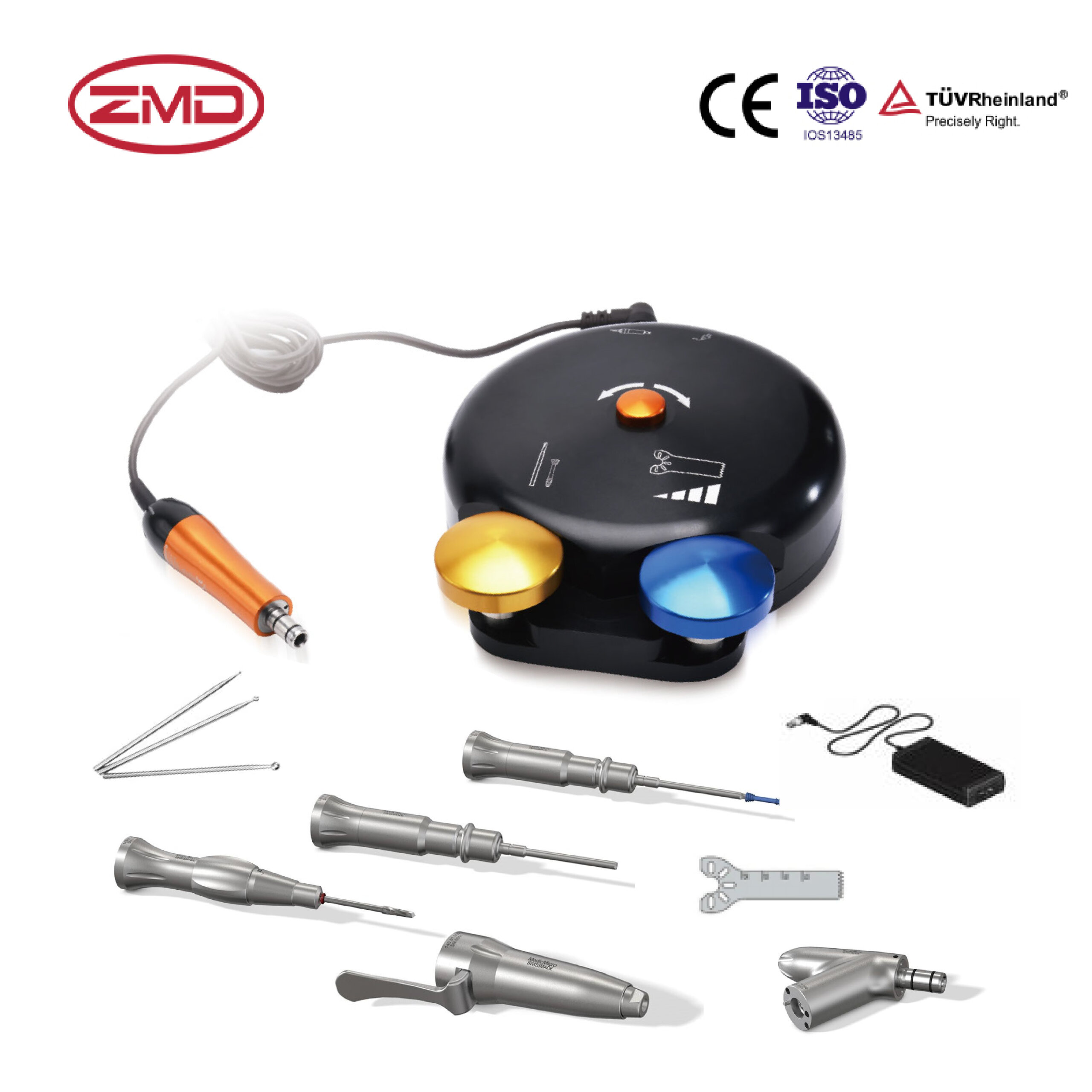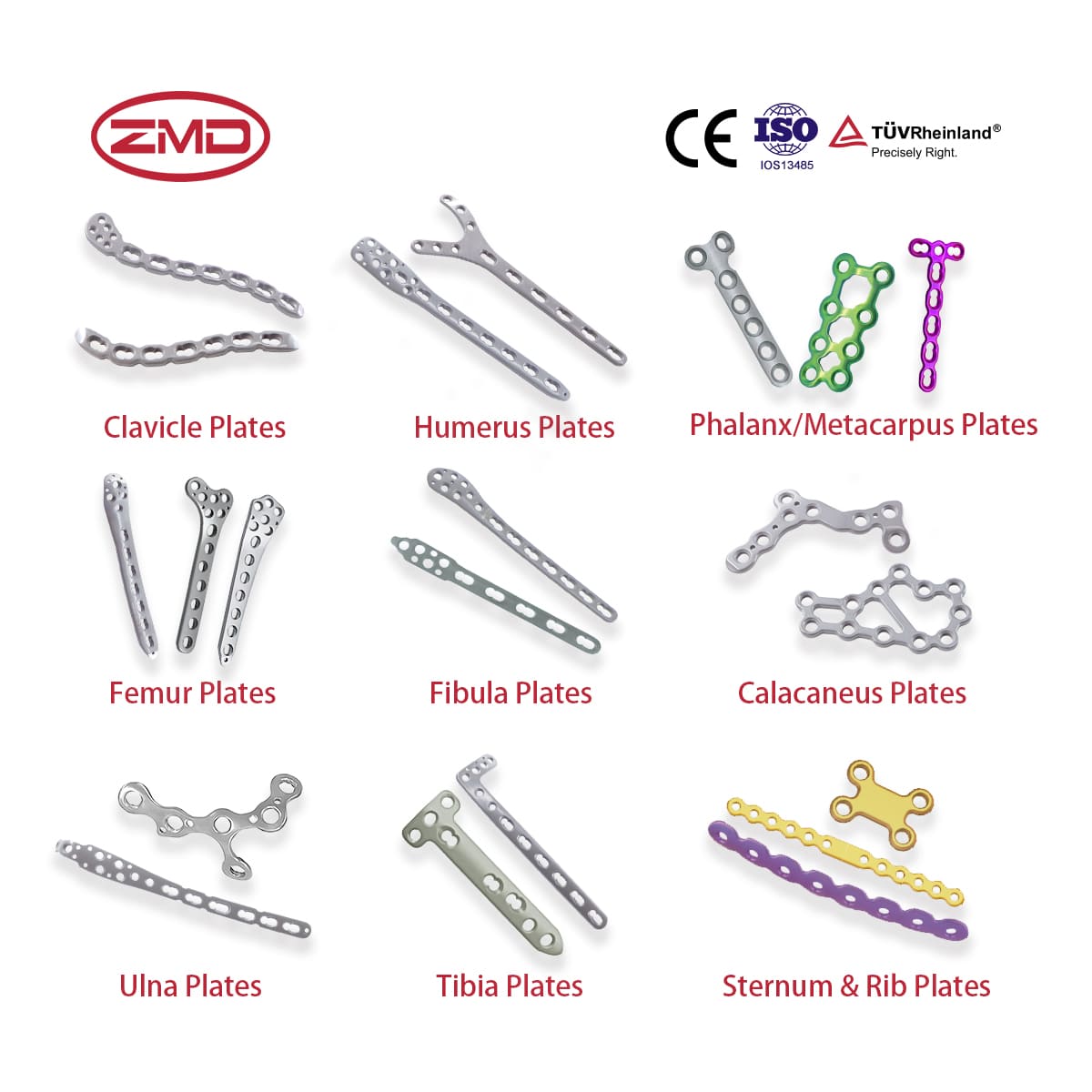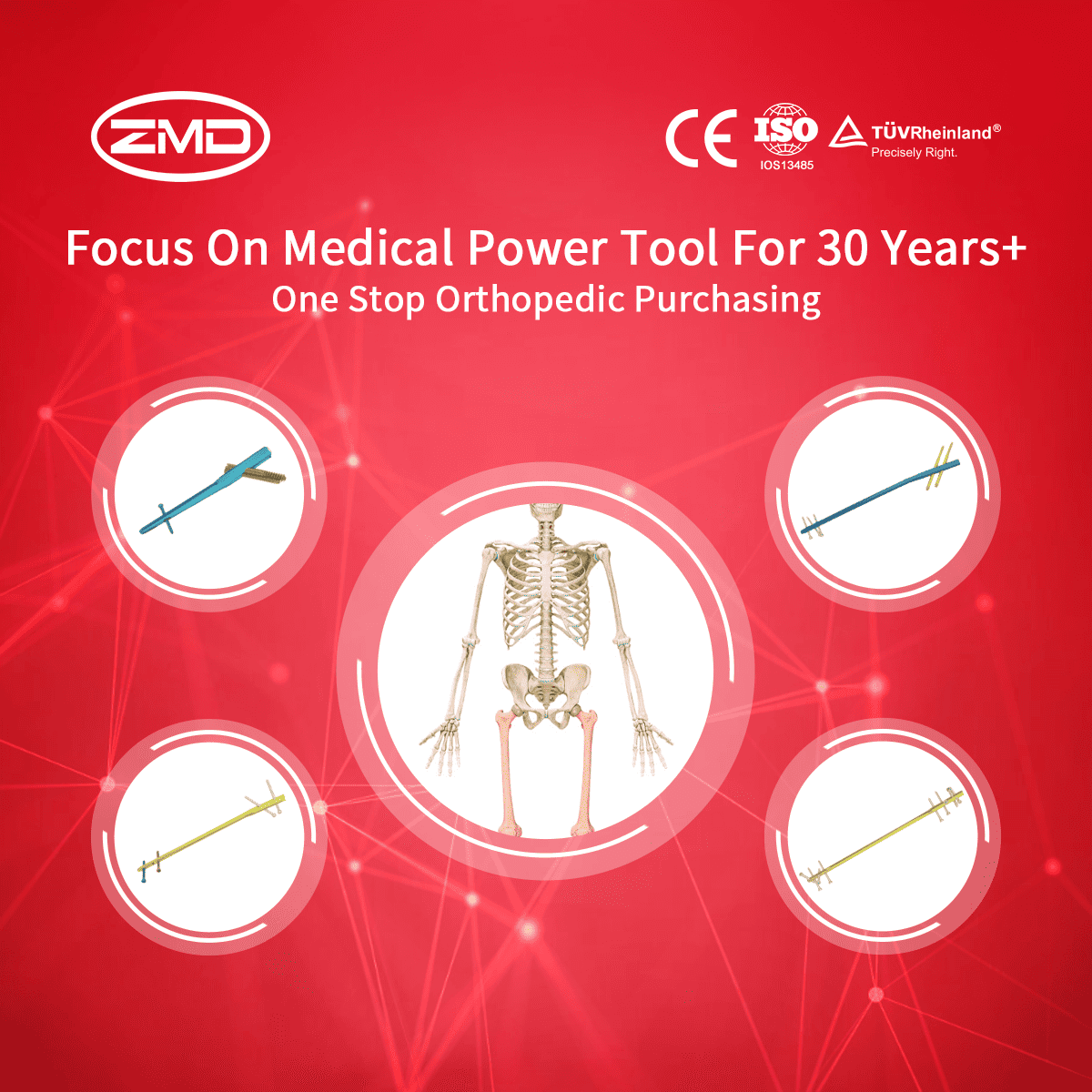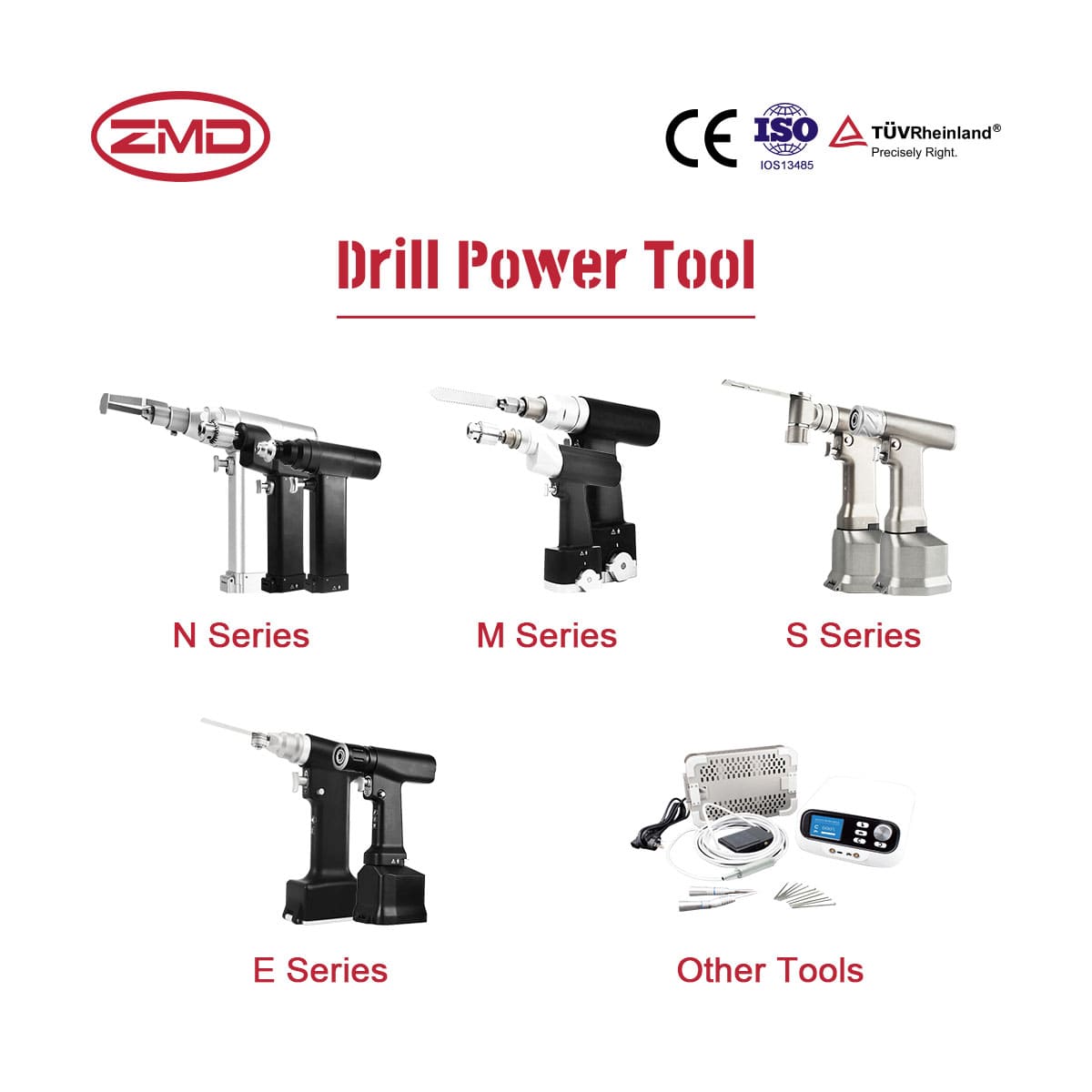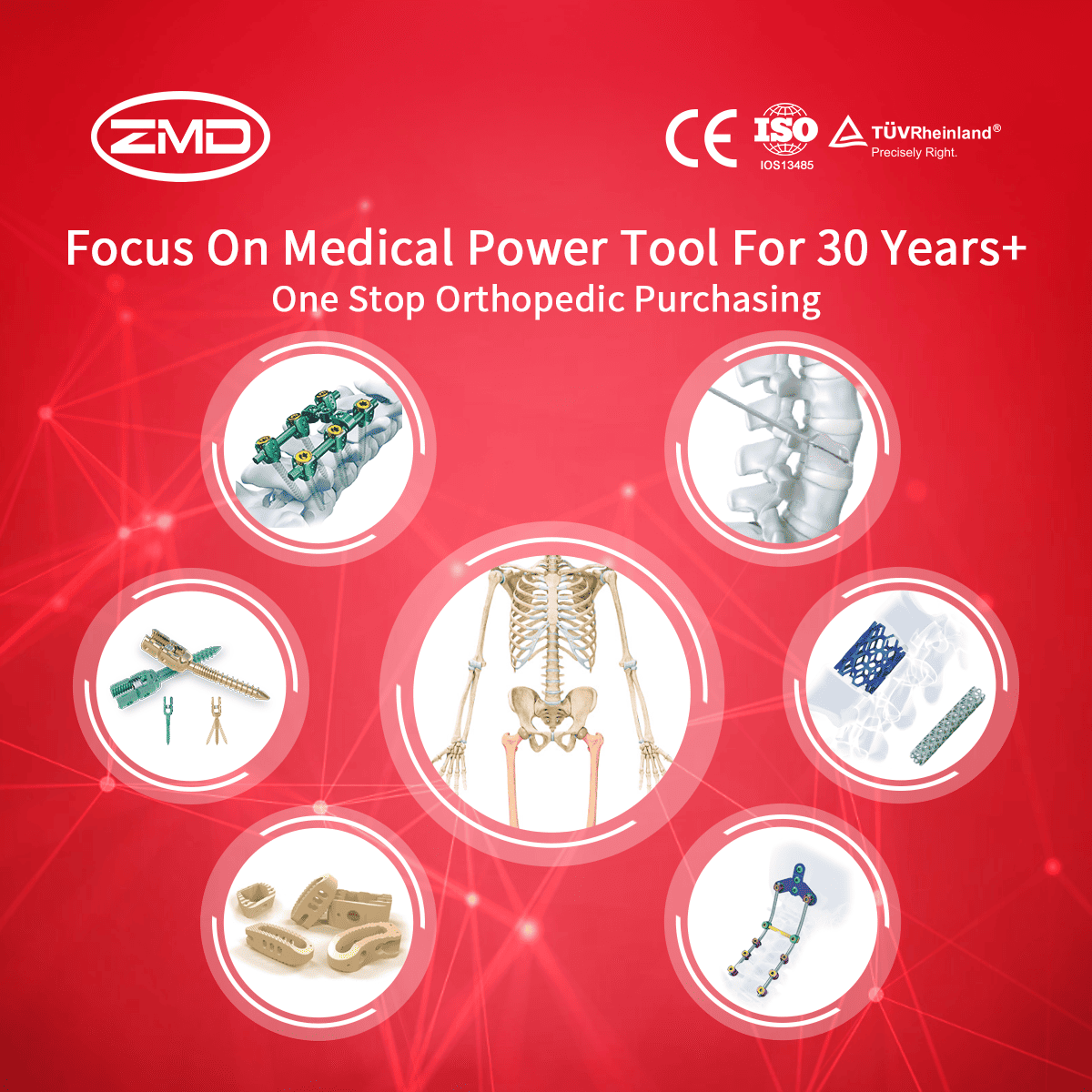Micro Medical Electric Tools
ZMD
Orthopedic Products
Haven't been able to locate the product you're searching for yet?
If you're interested in more orthopaedic implant products, feel free to get in touch with our ZMD consultants.
What are Micro Medical Electric Tools?
Micro medical electric tools have truly revolutionized the medical field, bringing with them a host of remarkable features and capabilities that are reshaping surgical practices
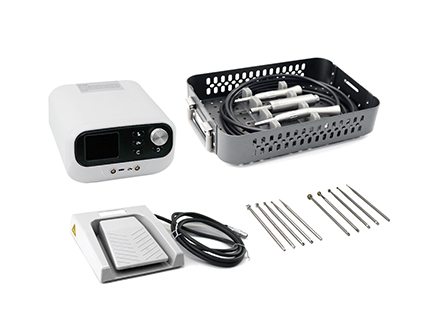
- Bone Drilling Precision: In orthopedic surgeries involving small bones or delicate implant placements, like those in hand or foot surgeries, this system’s drill function shines. It can create tiny holes with exacting precision in bones of varying densities. For example, when inserting a mini screw for a finger fracture fixation, the drill can adjust its speed and torque to ensure the hole is drilled to the perfect depth and diameter, providing a stable foundation for the implant. This level of precision is vital as any inaccuracy could lead to implant loosening or improper healing.
- Soft Tissue Cuts: When dealing with soft tissues in intricate surgical scenarios, such as in reconstructive surgeries around the face or neck, the saw function of the system comes into play. It can make delicate cuts through muscles, fascia, and even fine nerve endings. For instance, in a facial reconstruction after trauma, the saw can carefully slice through soft tissues to create the necessary flaps or remove damaged tissue while minimizing damage to the surrounding blood supply and nerve networks. This helps in achieving better aesthetic and functional outcomes for the patient.
- Implant Manipulation: Moreover, its ability to delicately manipulate medical implants is highly valuable. In spinal surgeries where miniaturized implants like small rods or screws are used for stabilization, the drill saw system allows surgeons to position and adjust these implants accurately. They can use the drill to create the right anchor points in the vertebrae and then utilize the saw, if needed, to make any fine adjustments to the bone surfaces for optimal implant placement. This ensures that the implants integrate well with the bone and soft tissues, enhancing the overall success of the surgical intervention.
Micro Electric Saw
- Nerve and Vessel Surgery: In neurosurgery, when operating around the brain or spinal cord, the precision of the micro electric saw is indispensable. For example, in a procedure to remove a small tumor that is adjacent to delicate nerve pathways, the saw can be used to carefully cut through the surrounding tissues without severing or damaging the nerves. Its design allows for a controlled cutting motion, minimizing the risk of accidental injury to the nerves and ensuring the patient’s neurological function is preserved. Similarly, in vascular surgeries where accessing or repairing tiny blood vessels is required, the micro electric saw can delicately cut through the overlying tissues to expose the vessels while maintaining their integrity, which is crucial for proper blood flow.
- Tissue Dissection: In plastic and reconstructive surgeries, precise tissue dissection is key to achieving good aesthetic and functional results. When performing a rhinoplasty or an eyelid surgery, the micro electric saw can be used to make fine incisions and cuts through the skin, subcutaneous tissues, and cartilage. This enables surgeons to reshape the facial structures precisely as desired, while reducing the risk of excessive bleeding, bruising, and damage to the underlying tissues that could lead to poor healing or an unnatural appearance.
Micro Canulated Saw
- Minimal Tissue Disruption: In spinal fusion surgeries involving small vertebrae or in cases where minimizing trauma is crucial, the hollow shafts of micro canulated saws are a significant feature. Surgeons can insert a guidewire through the shaft first and then use the saw to create a hole along the path of the guidewire in the bone. This technique allows for precise placement of screws for spinal fixation while minimizing disruption to the surrounding muscles, ligaments, and nerve tissues. The ability to pass other instruments through the hollow shaft also simplifies the surgical process and reduces the need for additional incisions or manipulations that could cause trauma to the patient’s body.
- Complex Surgical Maneuvers: In orthopedic trauma surgeries, especially those involving fractures in areas with limited access, like the wrist or ankle bones, the micro canulated saw enables surgeons to perform complex maneuvers. For example, in a minimally invasive fixation of a wrist fracture, the saw can be used to create a tunnel through which fixation pins or screws can be inserted precisely. This approach reduces the need for large open incisions, decreases blood loss, and promotes faster recovery by minimizing damage to the soft tissues around the fracture site. In neurosurgery, when dealing with deep-seated brain lesions or when performing procedures on the spinal cord, the micro canulated saw facilitates the insertion of catheters or electrodes through its hollow shaft, allowing for more targeted and less invasive interventions while safeguarding the delicate neural tissues.
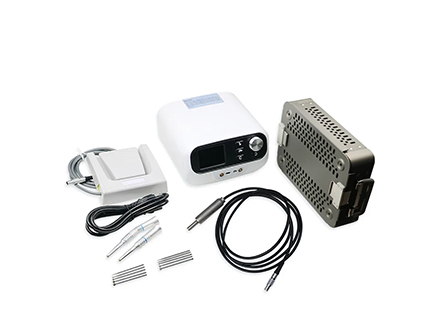
When Are Micro Medical Electric Tools Needed?
Medical electric tools have truly become an essential part of modern medicine, revolutionizing the way surgeries are conducted and patient care is delivered.
Minimally Invasive Neurosurgery
Orthopedic Surgery
Spinal Surgery
ENT and Ophthalmic Surgery
Minimally Invasive Cardiac Surgery
Blog
International Women’s Day: Salute to the “She – Power” at ZMD
International Women’s Day: Salute to the “She – Power” at ZMD Amid the trends of “Intelligent Medical Devices” and “Minimally Invasive Medical Technologies”, ZMD thrives
Discover Innovation with Sunan Medical at AAOS
Discover Innovation with Sunan Medical at AAOS The American Academy of Orthopaedic Surgeons (AAOS) Annual Meeting is the premier event for orthopedic professionals worldwide, offering
Visit Us at Expomed Eurasia 2025: Discover Sunan Medical’s Innovations
Visit Us at Expomed Eurasia 2025: Discover Sunan Medical’s Innovations The 32nd Expomed Eurasia, taking place from April 24-26, 2025, at the Tüyap Exhibition and



